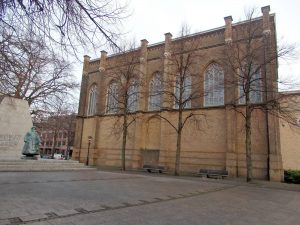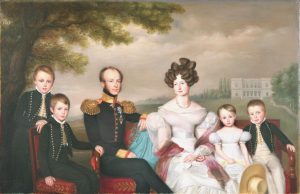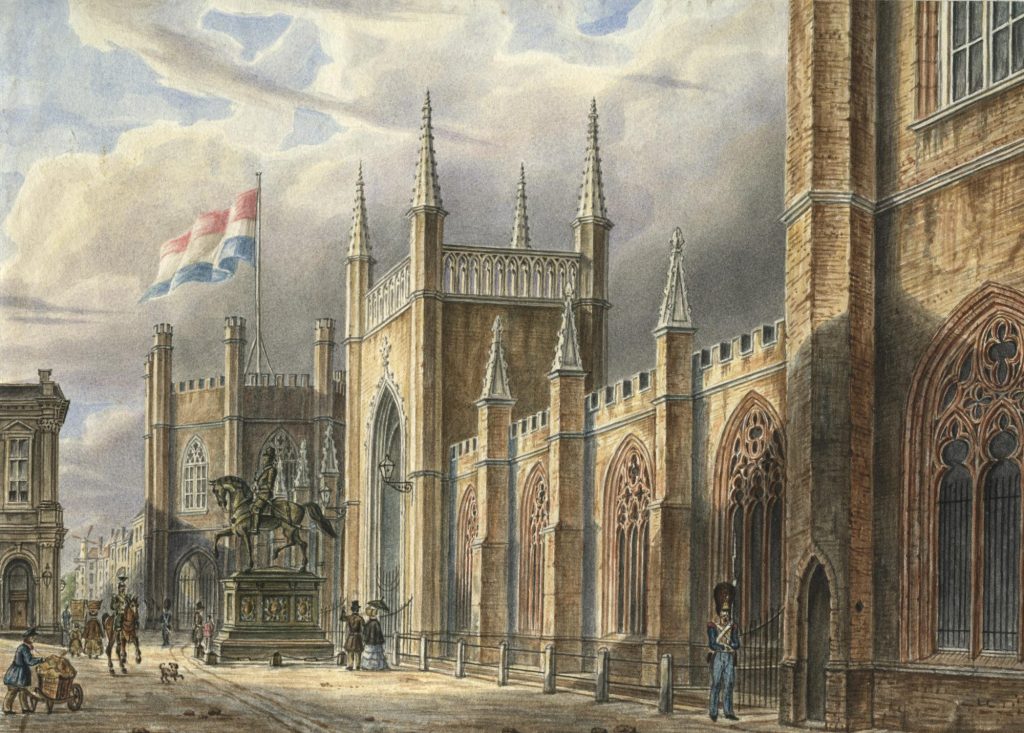Our current King Willem-Alexander is a passionate, fully qualified aircraft pilot. His three-times-great-grandfather had a passion for art in general and paintings and Gothic architecture in particular. Opposite Noordeinde Palace in The Hague we can still find a result of this passion: The Gothic Hall.
Crown Prince William
As a young man, the prince who later became King William II studied at Oxford. There he was much impressed by the many buildings in the English Gothic style. Willem also liked beautiful paintings and built up a large collection. That collection was on display in his palace in Brussels –at least during the time Belgium belonged to the Kingdom of the Netherlands.
In 1830 came what is known as the Belgian Revolution: the Belgians revolted against the authoritarian style of William’s father, the then King William I. This revolt led to the independence of Belgium.
Move to The Hague
Behind this palace he had a hall built to house his collection of paintings. His continuing love of the Gothic style led him to model his hall on the dining room of his old college in Oxford: Christ Church.
The Gothic Hall
William designed this Gothic Hall himself and also supervised the construction. Tall windows allowed plenty of light to fill the room. Below them he provided a lot of wall space for the paintings. William also wanted to use the room as a court chapel and therefore ordered an organ from Bätz, de Wit and Comp. in Utrecht. (The organ was later removed, but eventually returned to the Gothic Hall in 1990.)
On 4 September 1840, the birthday of his first grandson, he laid the foundation stone. By then William was King William II. The official commissioning was also a family celebration: the inauguration of the marriage of his daughter Sophie on 8 October 1842.
Gothic Arcade
These buildings may have been poorly constructed, because within just 40 years there were many leaks and they were about to collapse. They were demolished in 1883.
Open to the public
Willem also gave others a look at his beautiful paintings. If the king was not in the palace, citizens could also visit the Gothic room. That was even mentioned in a travel guide from 1849. Now the Gothic Room is part of the complex of the Council of State and therefore no longer regularly accessible. Music lovers can go there for lunch break concerts and you can look around freely during the Open Monuments Weekend (2nd weekend in September).
Do you want to know more about royal buildings? Invite family and friends to do the Orange Walk.









2 thoughts on “Gothic Hall”
Fascinating story – another new fact about Den Haag I was unaware of. So lucky to have called The Hague my home for more than seven years. Great article.
Thanks! And we miss you!